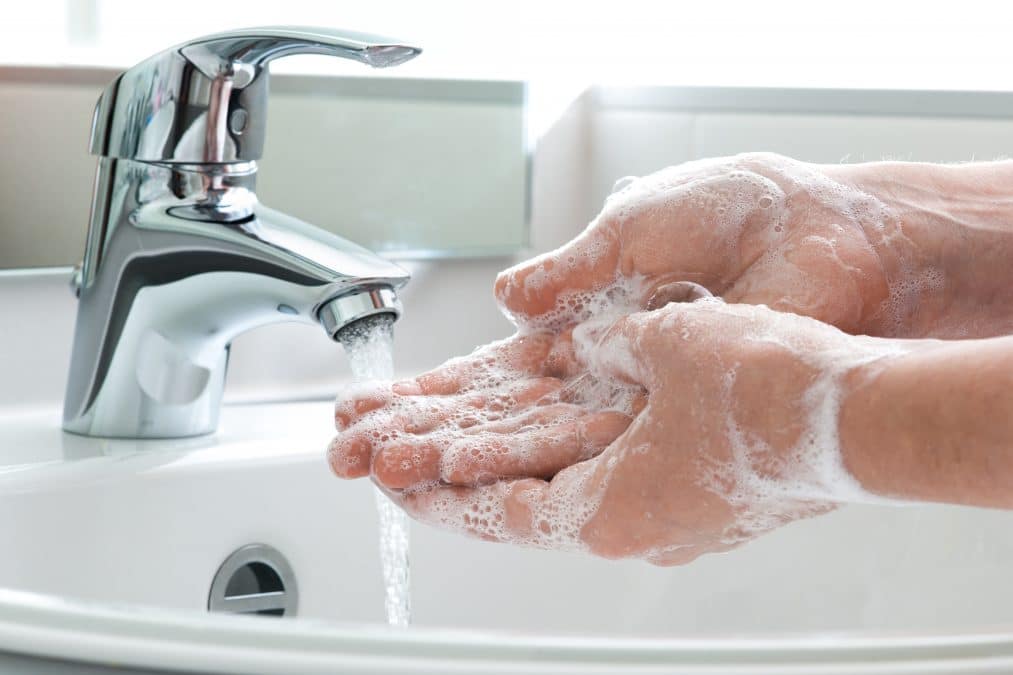By Lenzy Krehbiel-Burton
COVID-19 is not the only medical condition that can be mitigated by hand washing and not touching your face.
According to the most recent data available from the Centers for Disease Control and Prevention, staph infections account for about 20,000 fatalities a year, with higher rates among elders, nursing home patients and people with organ dysfunction. Although individuals can contract one anywhere, staph infections are one of the leading causes of hospital-acquired infections.

Staphylococcus aureus causes most staph infections, which is a type of bacteria commonly found in a person’s nose or on their skin. The bacteria is only harmful if it gets further into the body. Staphylococcus enters the blood stream through an open wound or by touching a contaminated surface then sticking that finger in a body part, including the mouth, nose, eyes or ears.
People with pre-existing skin issues, including burns and eczema, are at higher risk of developing minor staph infections that can lead to boils, cellulitis, oozing blisters or sties, a red, warm bump near the eyelid that resembles a pimple.
Depending on the severity and location, these infections can often be treated at home, through either prescription antibiotics or non-prescription remedies, including repeated stints with a hot, clean compress.
However, some strains of staphylococcus bacteria have evolved to the point that they are resistant to multiple forms of antibiotics, including penicillin. Those strains, known as MRSA, can lead to life-threatening infections, such as pneumonia and sepsis. In 2017 alone, there were 323,700 MRSA-related cases in the United States according to the CDC.
Asymptomatic people, including health care providers, can spread bacteria. According to a study by the CDC, an estimated 5 out of every 100 people carry MRSA strains in their nose.
Such as with non-MRSA cases, the symptoms depend upon the size and location of the infection. However, common signs include a fever and a warm, red, swollen bump that is painful to the touch.
The risks for MRSA infection are even higher for people who rely on dialysis or a catheter as well as long-term hospital patients and nursing home residents.
According to electronic health record data from more than 400 acute care hospitals and population-based surveillance data from CDC’s Emerging Infections Program, MRSA bloodstream infections in health care settings, such as hospitals and nursing homes, decreased nationally by approximately 17 percent each year between 2005 and 2012.
However, the infection rates from health care facilities remained flat for the next four years while rising outside the health care arena, particularly among intravenous drug users, who are 16 times more likely to contract an infection.
In order to minimize the risk of contracting or spreading a staph infection — MRSA or otherwise — the CDC recommends regular hand washing and bathing with soap. Clean and cover rashes, cuts and other open wounds until they have thoroughly healed. Resist picking at scabs and extra skin. Treat bandages as single-use objects, changing them regularly and throwing them away.
Additionally, the CDC discourages sharing sheets, towels, clothes, razors or other personal items with someone suspected of having a staph infection.
